Glazed earthenware tile is a classic choice for adding charm and character to any space. With its unique blend of beauty, durability, and versatility, these tiles have been a popular choice for centuries. Whether you are looking to add a touch of elegance to your home or revamp a commercial space, glazed earthenware tiles offer a timeless appeal that is sure to impress. In this in-depth article, we will explore the history of glazed earthenware tile, its manufacturing process, design options, installation methods, maintenance tips, and much more. History of Glazed Earthenware Tile: Glazed earthenware tile has a rich history that dates back to ancient civilizations. The earliest known examples of glazed tiles can be traced back to ancient Egypt, where they were used to adorn the walls of temples and palaces. Over time, the art of glazing tiles spread to other parts of the world, including the Middle East, Europe, and Asia. In Spain, the Moors are credited with introducing colorful glazed tiles, known as “azulejos,” which became a defining feature of Spanish architecture. Manufacturing Process: The manufacturing process of glazed earthenware tile involves several intricate steps to achieve the desired finish.
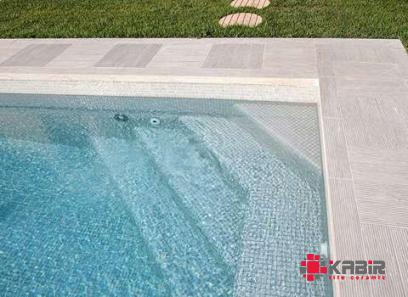
.
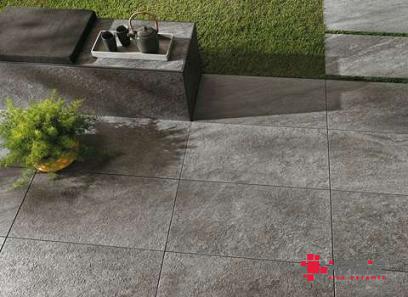 The process typically starts with the creation of a clay body, which is then shaped into tiles of various sizes and shapes. Once the tiles are formed, they are fired in a kiln to harden them. The glazing process involves applying a liquid glaze to the surface of the tiles before firing them again at high temperatures. This process gives the tiles their distinctive glossy finish and vibrant colors. Design Options: Glazed earthenware tiles come in a wide range of designs, colors, and patterns, making them a versatile choice for any aesthetic. From traditional Moorish patterns to modern geometric designs, there is a glazed earthenware tile to suit every style preference. These tiles can be used to create intricate mosaic patterns, colorful borders, or bold statement walls. The variety of design options available allows for endless creativity and customization in any space. Installation Methods: When it comes to installing glazed earthenware tiles, there are a few key factors to consider to ensure a successful and long-lasting outcome. Proper surface preparation is crucial to ensure the tiles adhere securely and evenly. Depending on the size and shape of the tiles, different installation methods such as thin-set mortar or adhesive may be used. Grouting is the final step in the installation process, filling the gaps between tiles and enhancing the overall look of the tiled surface.
The process typically starts with the creation of a clay body, which is then shaped into tiles of various sizes and shapes. Once the tiles are formed, they are fired in a kiln to harden them. The glazing process involves applying a liquid glaze to the surface of the tiles before firing them again at high temperatures. This process gives the tiles their distinctive glossy finish and vibrant colors. Design Options: Glazed earthenware tiles come in a wide range of designs, colors, and patterns, making them a versatile choice for any aesthetic. From traditional Moorish patterns to modern geometric designs, there is a glazed earthenware tile to suit every style preference. These tiles can be used to create intricate mosaic patterns, colorful borders, or bold statement walls. The variety of design options available allows for endless creativity and customization in any space. Installation Methods: When it comes to installing glazed earthenware tiles, there are a few key factors to consider to ensure a successful and long-lasting outcome. Proper surface preparation is crucial to ensure the tiles adhere securely and evenly. Depending on the size and shape of the tiles, different installation methods such as thin-set mortar or adhesive may be used. Grouting is the final step in the installation process, filling the gaps between tiles and enhancing the overall look of the tiled surface.
..
 The process typically starts with the creation of a clay body, which is then shaped into tiles of various sizes and shapes. Once the tiles are formed, they are fired in a kiln to harden them. The glazing process involves applying a liquid glaze to the surface of the tiles before firing them again at high temperatures. This process gives the tiles their distinctive glossy finish and vibrant colors. Design Options: Glazed earthenware tiles come in a wide range of designs, colors, and patterns, making them a versatile choice for any aesthetic. From traditional Moorish patterns to modern geometric designs, there is a glazed earthenware tile to suit every style preference. These tiles can be used to create intricate mosaic patterns, colorful borders, or bold statement walls. The variety of design options available allows for endless creativity and customization in any space. Installation Methods: When it comes to installing glazed earthenware tiles, there are a few key factors to consider to ensure a successful and long-lasting outcome. Proper surface preparation is crucial to ensure the tiles adhere securely and evenly. Depending on the size and shape of the tiles, different installation methods such as thin-set mortar or adhesive may be used. Grouting is the final step in the installation process, filling the gaps between tiles and enhancing the overall look of the tiled surface.
The process typically starts with the creation of a clay body, which is then shaped into tiles of various sizes and shapes. Once the tiles are formed, they are fired in a kiln to harden them. The glazing process involves applying a liquid glaze to the surface of the tiles before firing them again at high temperatures. This process gives the tiles their distinctive glossy finish and vibrant colors. Design Options: Glazed earthenware tiles come in a wide range of designs, colors, and patterns, making them a versatile choice for any aesthetic. From traditional Moorish patterns to modern geometric designs, there is a glazed earthenware tile to suit every style preference. These tiles can be used to create intricate mosaic patterns, colorful borders, or bold statement walls. The variety of design options available allows for endless creativity and customization in any space. Installation Methods: When it comes to installing glazed earthenware tiles, there are a few key factors to consider to ensure a successful and long-lasting outcome. Proper surface preparation is crucial to ensure the tiles adhere securely and evenly. Depending on the size and shape of the tiles, different installation methods such as thin-set mortar or adhesive may be used. Grouting is the final step in the installation process, filling the gaps between tiles and enhancing the overall look of the tiled surface.
…
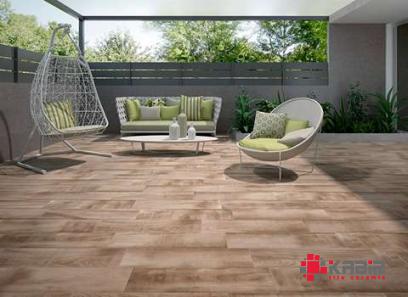 Maintenance and Care: Maintaining glazed earthenware tiles is relatively easy, with regular cleaning and care to keep them looking their best for years to come. To prevent dirt and grime buildup, regular sweeping or vacuuming is recommended. For deeper cleaning, a mild detergent and water solution can be used to gently scrub the tiles. Avoid harsh chemicals or abrasive cleaners, as they can damage the glaze and affect the tile’s appearance. Sealing the grout lines periodically can help prevent staining and discoloration, extending the lifespan of the tiled surface. Benefits of Glazed Earthenware Tile: Glazed earthenware tiles offer a plethora of benefits that make them a popular choice for both residential and commercial applications. Their durable nature makes them resistant to wear, scratches, and stains, ensuring longevity and low maintenance. The glossy finish of glazed tiles reflects light and adds a touch of elegance to any space. Additionally, glazed earthenware tiles are moisture-resistant, making them an ideal choice for areas prone to water exposure such as bathrooms, kitchens, and outdoor spaces.
Maintenance and Care: Maintaining glazed earthenware tiles is relatively easy, with regular cleaning and care to keep them looking their best for years to come. To prevent dirt and grime buildup, regular sweeping or vacuuming is recommended. For deeper cleaning, a mild detergent and water solution can be used to gently scrub the tiles. Avoid harsh chemicals or abrasive cleaners, as they can damage the glaze and affect the tile’s appearance. Sealing the grout lines periodically can help prevent staining and discoloration, extending the lifespan of the tiled surface. Benefits of Glazed Earthenware Tile: Glazed earthenware tiles offer a plethora of benefits that make them a popular choice for both residential and commercial applications. Their durable nature makes them resistant to wear, scratches, and stains, ensuring longevity and low maintenance. The glossy finish of glazed tiles reflects light and adds a touch of elegance to any space. Additionally, glazed earthenware tiles are moisture-resistant, making them an ideal choice for areas prone to water exposure such as bathrooms, kitchens, and outdoor spaces.
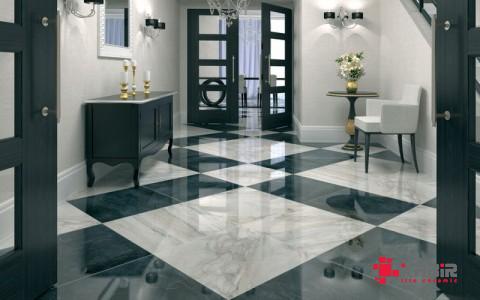
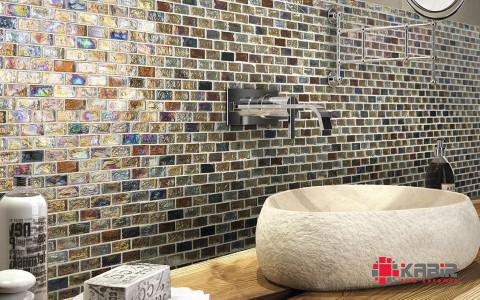
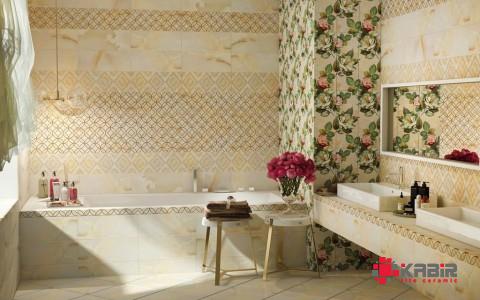
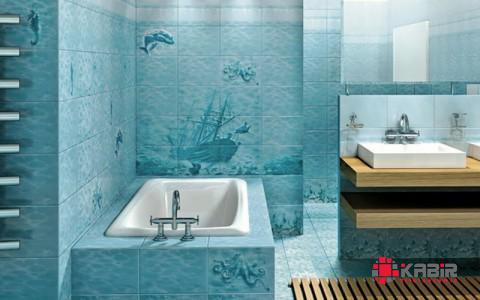
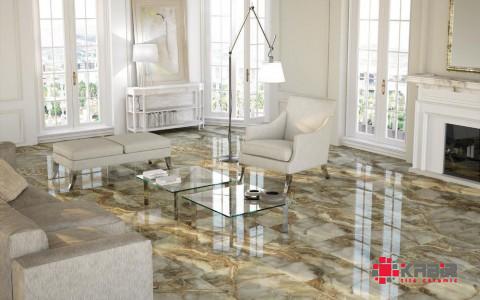
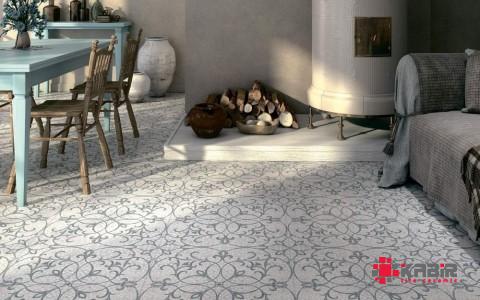

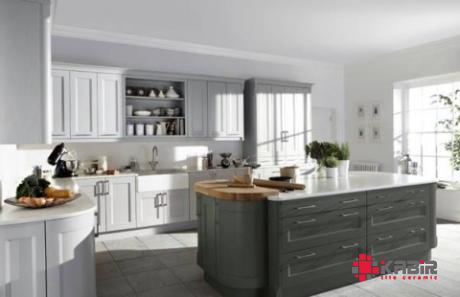

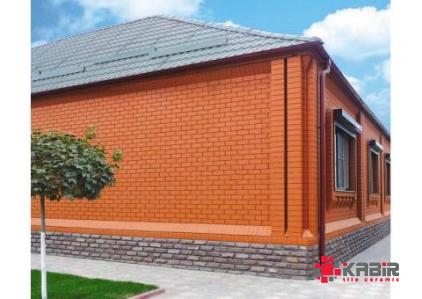
Your comment submitted.